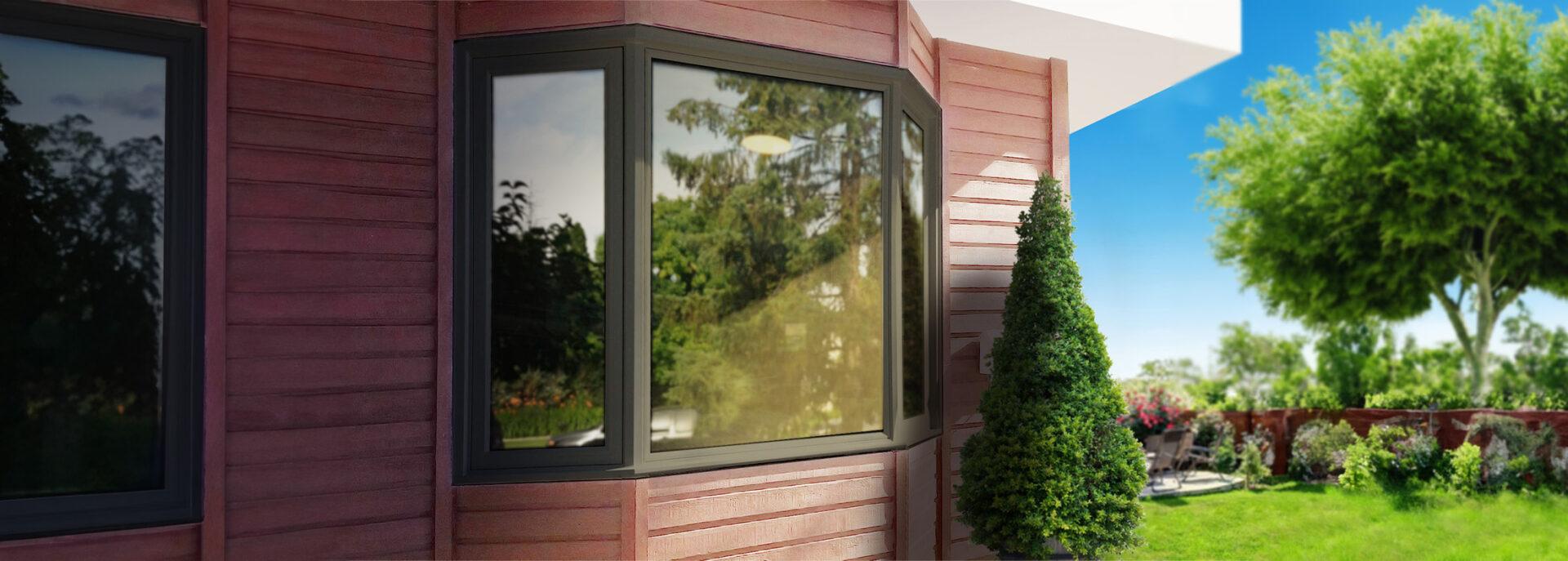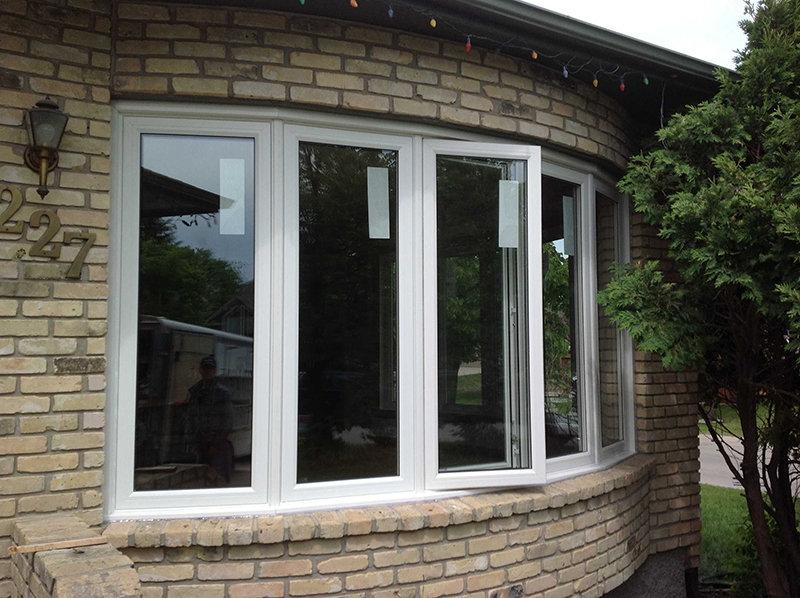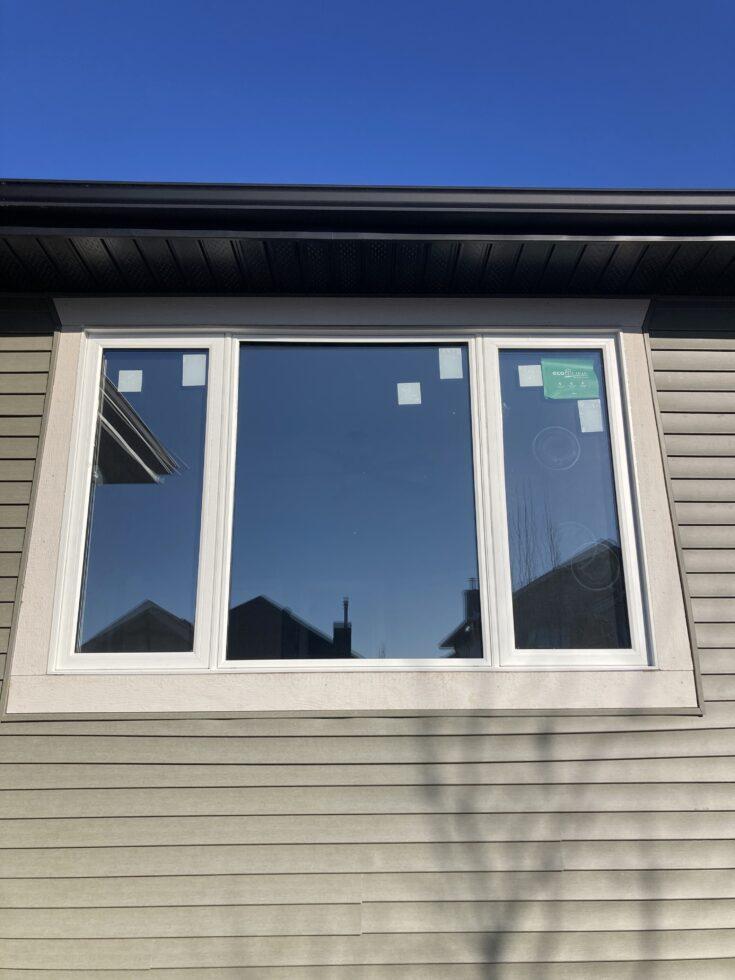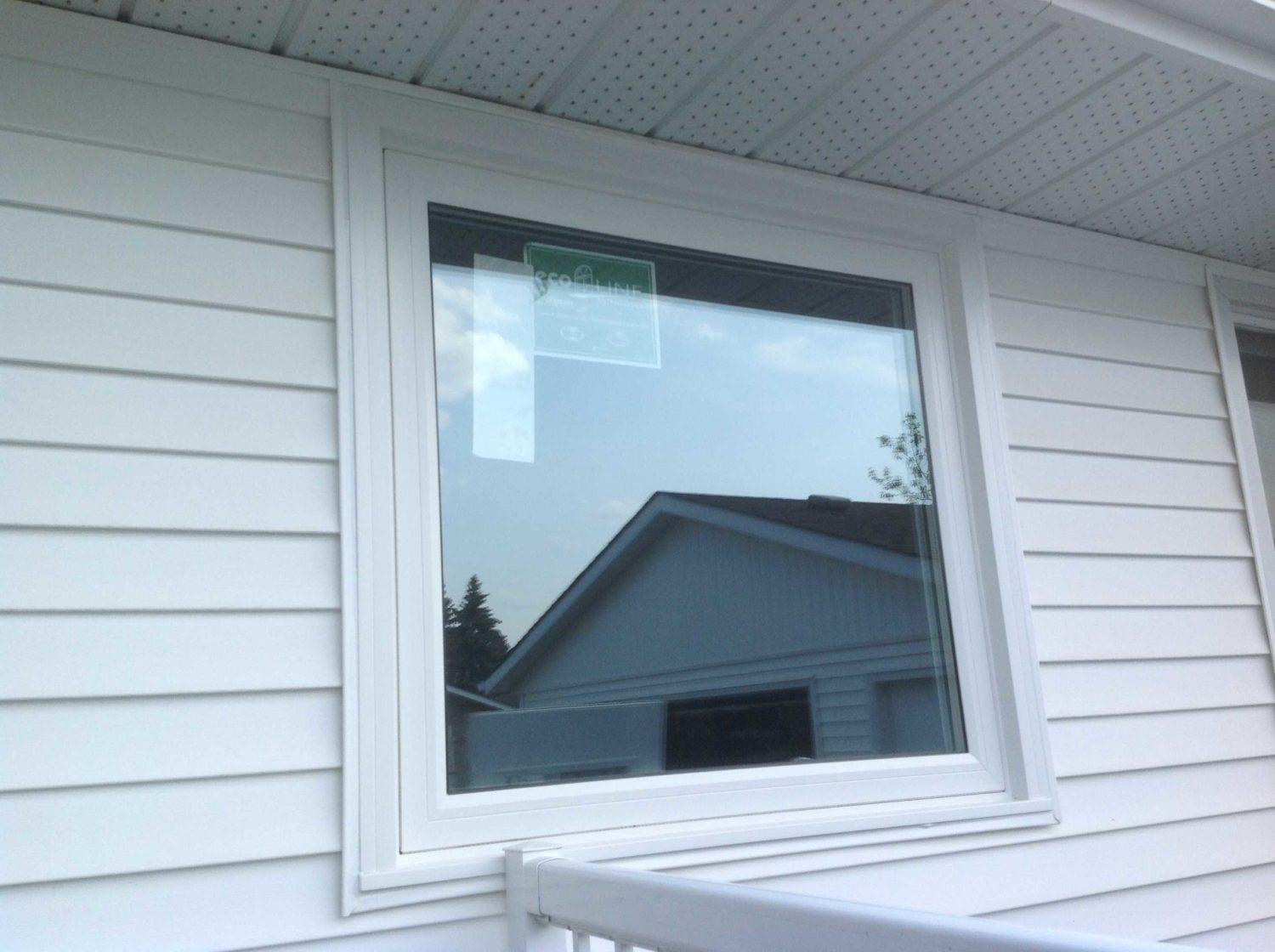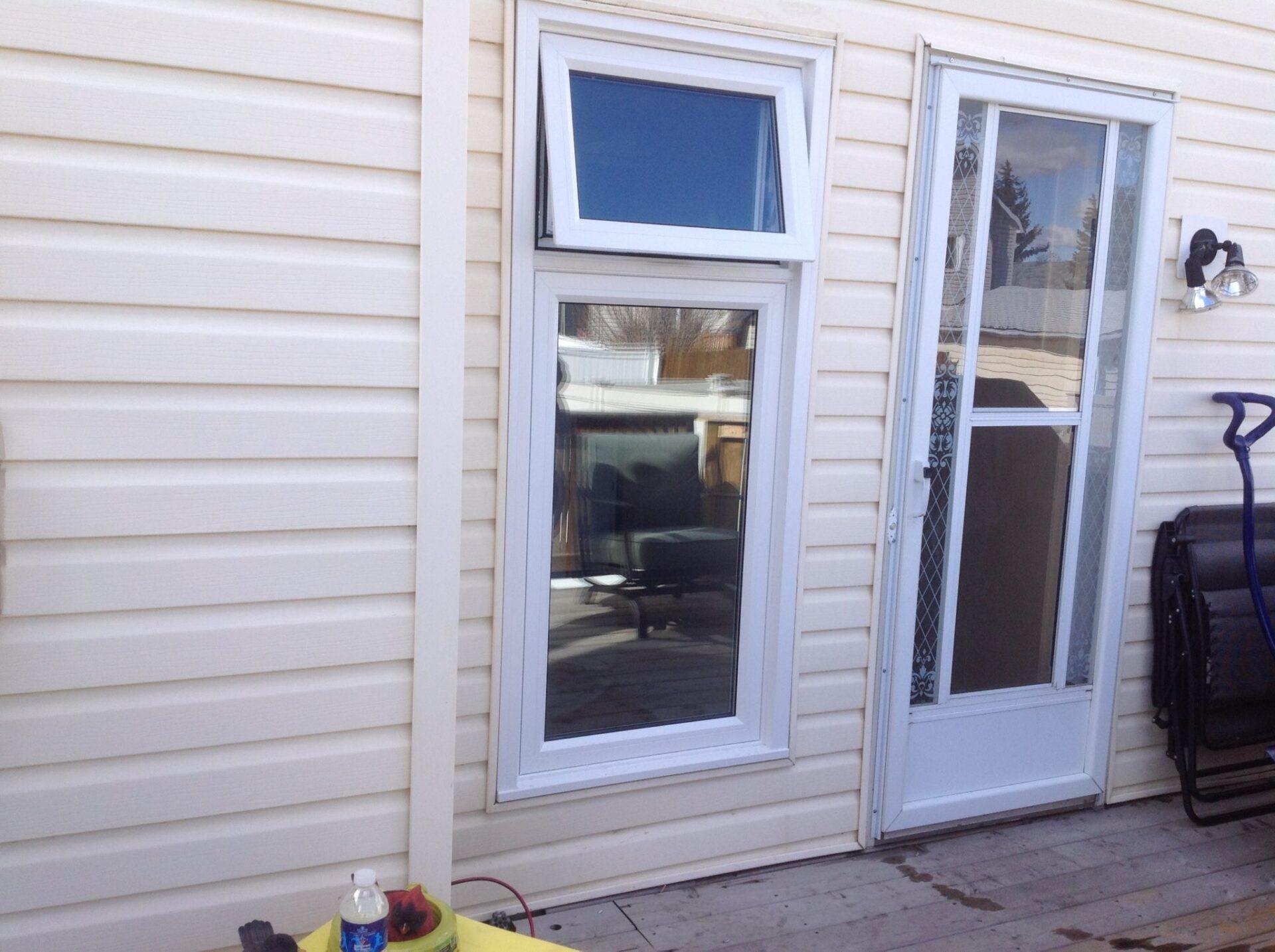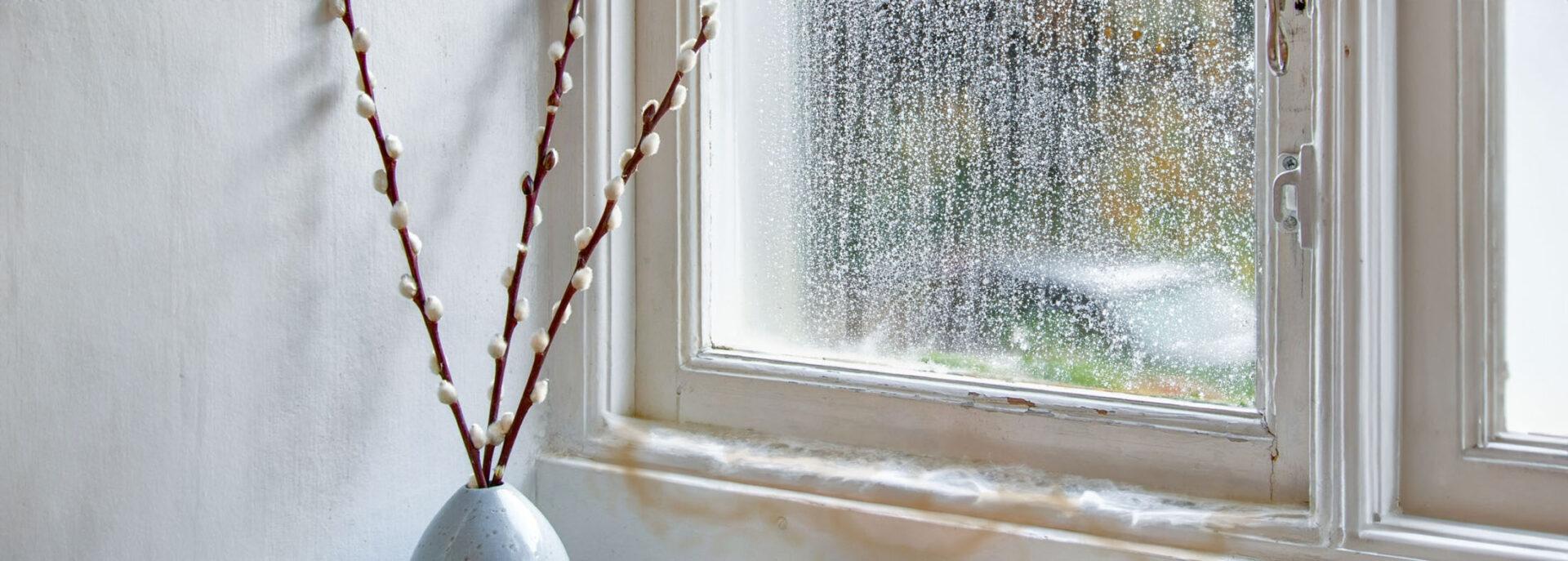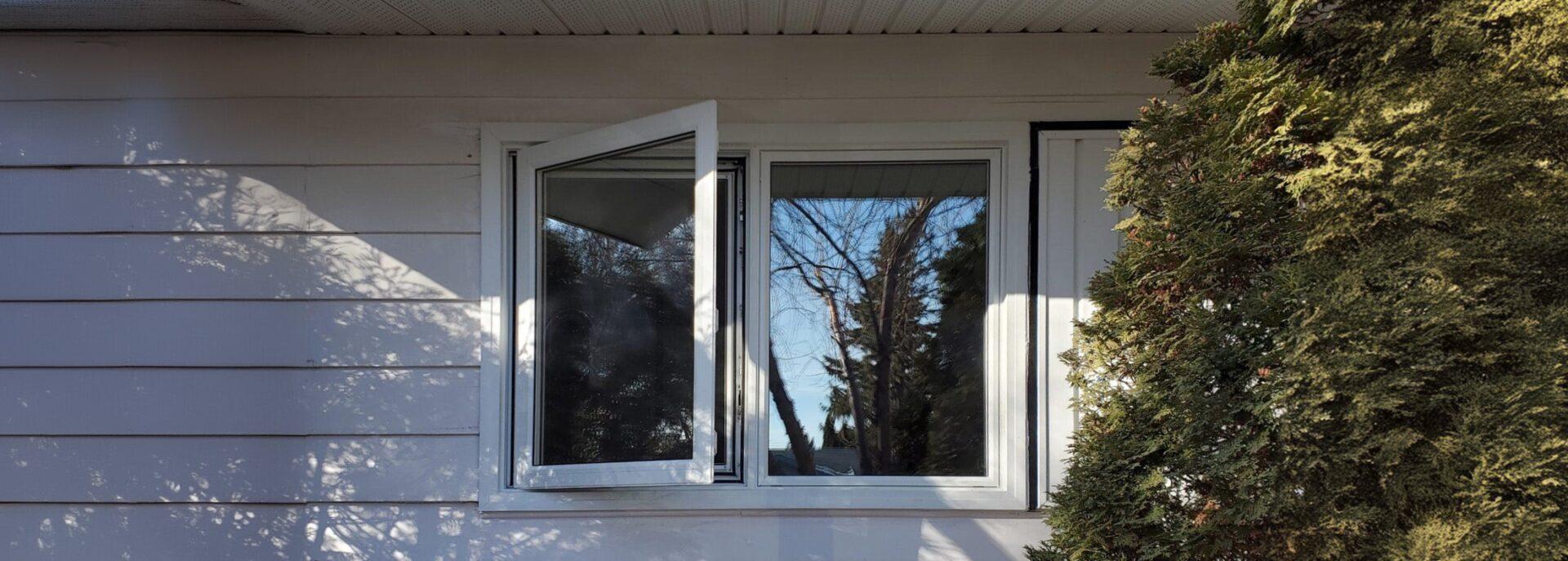

Top 11 Common Replacement Window Problems & How to Resolve Them
Dec 2, 2025
13 min read
4999
Windows can do so much for your home: they add curb appeal by enhancing the overall look of the exterior, they bring in natural light and ventilation, and they help enhance the overall energy-efficiency of your space, lowering annual heating and cooling bills.
Unfortunately, windows can also be the source of some significant problems that can negatively affect thermal performance, comfort and your budget.
Take a look at some of the most common replacement window issues in Canada and the solutions to correct them once and for all.
Drafty Windows
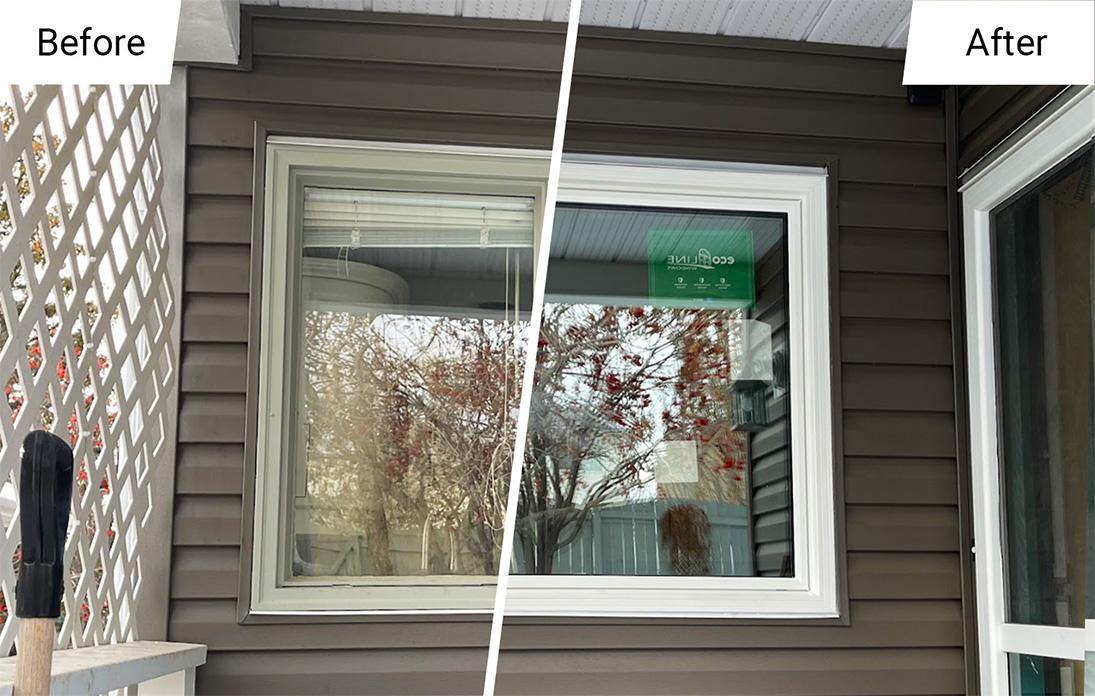
Have you seen your curtains or blinds moving on a windy day even though the window isn’t open? Have you sat near the window and noticed a distinctive change in temperature as you get closer to it? Then, the chances are your current windows allow air leaks and draft. Drafty windows in Canadian winters is a top problem, leading to discomfort and poor indoor temperature regulation.
Possible Problems:
- Design of the window
- Loose weatherstripping
- Worn-out window caulking
Solutions:
- Replace the window with a more efficient design. Choose a window with a Low U number rating for the best insulation value. For living rooms, the best option will be a fixed or picture window, while for bedrooms a casement window will suffice.
- Replace any loose or damaged weatherstripping to create an airtight seal around the window frame.
Leaky Windows
Water leaks around your windows can cause major damage. You don’t have to see water pouring in during a rainstorm to recognise leaks. Water may be leaking behind the drywall without you knowing.
Some telltale signs are discolouration of the wallboard along the bottom sill, peeling paint on the window frame, spongy or rotted wood, ice build-up on the glass, difficulty opening and closing the window, mould growth and condensation on windows in Canadian homes.
Possible Problems:
- Glazing problems such as broken seals or glass
- Too much humidity
- Condensation or ice build-up
- Peeled or damaged exterior caulking
Solutions:
- Replace old units with double or triple-pane new vinyl windows. Triple-pane windows are up to 55% more energy-efficient than regular models, ensuring optimal thermal performance all year round.
- Re-glaze single pane windows by removing old, dried-out putty. Remove the glass, clean out any dirt or debris, replace the glass in a layer of latex caulk and cover with glazing compound.
- Contact a glass company to replace a broken window.
- Too much humidity in the air can cause condensation and ice buildup. When you run your humidifier, adjust based on outside air temperature as recommended by Natural Resources Canada or run your dehumidifier to remove excess moisture from the air.
- Reapply caulking around the exterior of your window. Make sure you remove the old caulk with a putty knife and apply a smooth bead of caulk along the edges of the window.
- You may need to seek professional help from the replacement window installer. Window failures may be covered under warranty or you may need to purchase new windows to correct the problem.
Stripped Window Cranks/Broken Springs
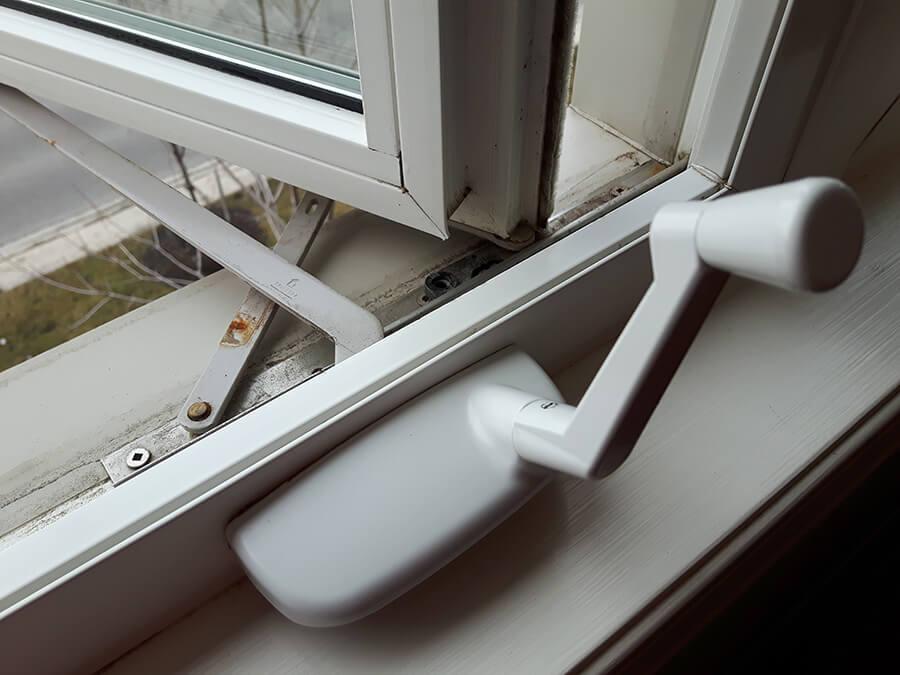
Casement and awning windows use crank handles to operate the windows. While they generally operate smoothly in moderate temperatures, severe winter conditions or high-humidity summer temperatures can cause a failure.
Possible Problems:
- Long-term use
- Over-tightening
- Forcing frozen windows open
All three possible window problems can cause a stripped window crank.
Solutions:
- Refrain from over-tightening the crank handle. Instead of forcing the window to close tightly, leave a small gap and allow the mechanism to pull the window in for a tight seal. Apply a lithium grease lubricant to the gears in the crank mechanism (remove the plastic cover over the crank.)
- Clean out dirt and debris from along the window track and apply a silicone lubricant for smoother operation.
- Replace the window crank. The cost is minimal and it will be easier to operate the window.
Insulated Window Glass Fogs
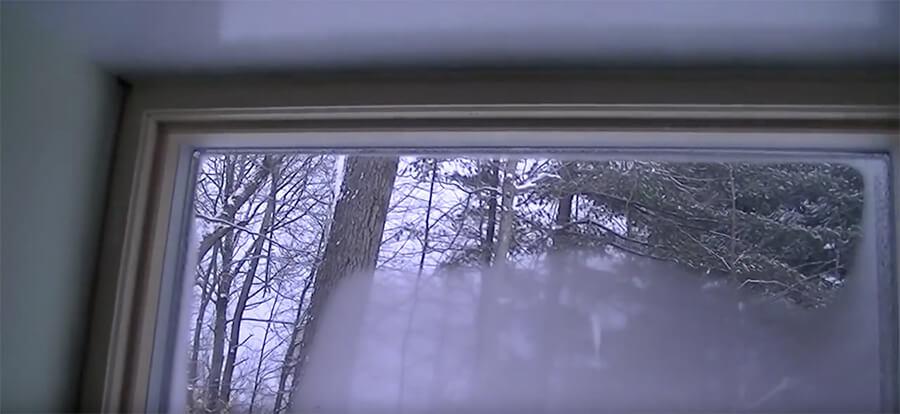
Window seal failure in Canada is a popular issue many homeowners have to deal with, especially if the windows are 15-20 years old and are prone to elements. Occasionally, the seals on insulated glass fail and allow moist air to condense between the panes. This cloudiness will continue to get larger over time obstructing your view and eventually, cause the window to rot.
Possible Problems:
- The insulating glass inner or outer seal may have deteriorated or the spacer that provides rigidity and strength may no longer be absorbing moisture between the panes.
- If you’ve got a double-pane window with Argon gas inserted between the glass layers, the gas may be escaping and causing condensation to build up.
Solutions:
- Contact your window manufacturer or installer to examine the issue. A replacement may be needed. Check your manufacturer’s warranty as this issue may be covered.
Rotting Window Frames

Window rot in Canada is most often happens to wood windows. While these models are still desired for their aesthetic value and outstanding performance, they can be susceptible to decay and rotting more often than windows made from vinyl, aluminum or fibreglass.
Possible Problems:
Prolonged moisture contact from a leaking window, openings in the wall or roof, can cause the finish to peel and the wood underneath to decay. This will eventually compromise the entire frame, the operation of the window, and possibly allow mould to grow, further escalating the window frame issues.
Solutions:
- If only a portion of the wood window sill is rotted, and you’re a handy DIYer, you may be able to replace that section without doing anything to the rest of the window. This will require cutting out the damaged area and patching in a new section.
- If the rotting is more extensive, you should replace the entire window with a full frame installation. This will ensure that there is no hidden damage and that your new window will last.
Hard-to-Operate or Stuck Windows
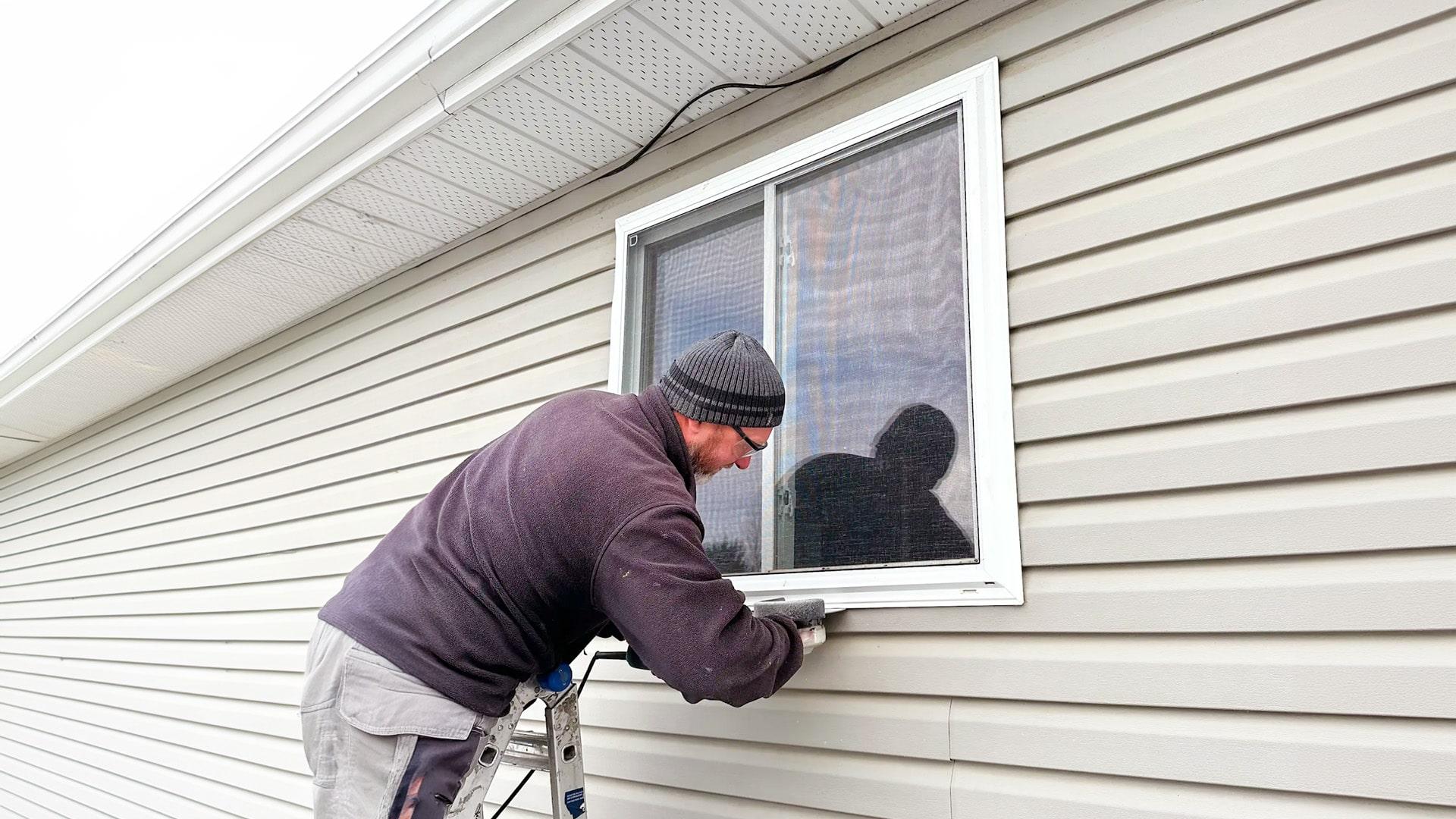
Although vinyl windows are typically very energy-efficient, there are occasions where the sash won’t close tightly against the seal. This means a drafty house and higher utility bills.
Possible Problems:
Common issues to look for are worn hinges, a misadjusted lock or a dropped sash.
Solutions:
- A gap between the sash and frame (on the hinge side) indicates that the hinges are worn and need replacement. This work may be covered by your replacement warranty or contact an Ecoline service technician to do the job for you.
- You can check to be sure your lock is closing the window tightly by sliding a credit card between the sash and the frame. If you can easily move the card, a lock adjustment may be in order. When you open the window, you’ll notice the cams that move vertically when you lock and unlock the handle. A simple adjustment with an Allen wrench will tighten the sash against the seal.
- If the sash has dropped on your side-swing window, you’ll see a gap between the sash and the frame on the handle side. If you’re having difficulty closing the window, contact your window installer to make the necessary repairs.
Mould and Mildew Growth on Windows
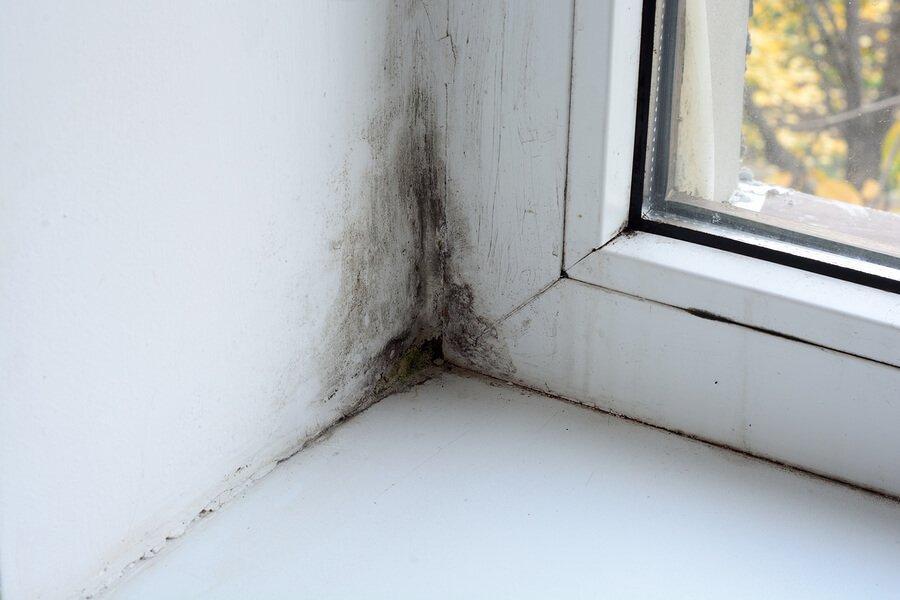
Window mould problems can be an eyesore and a health hazard. While not all mould is toxic, approximately 10 to 20 percent of the world’s population is allergic to mould spores.
Possible Problems:
All types of mold and mildew need moisture to grow and spores often appear within 24 to 48 hours of water exposure.
Solutions:
- You’ll want to first remove any mould that is present on your windows by cleaning with dish detergent or baking soda and then disinfecting with a bleach/water mixture. Be sure to take precautions like wearing gloves and a mask to protect yourself from exposure.
- Prevent re-occurrence by providing proper ventilation. Open windows, run exhaust fans in bathrooms and the kitchen and use a dehumidifier during warm seasons to remove excess moisture from the air.
- Seal window leaks to prevent water from coming in and remove condensation along window sills.
- Keep windows clean, dust and vacuum the room often to prevent mold from re-growing.
Broken Window Lock
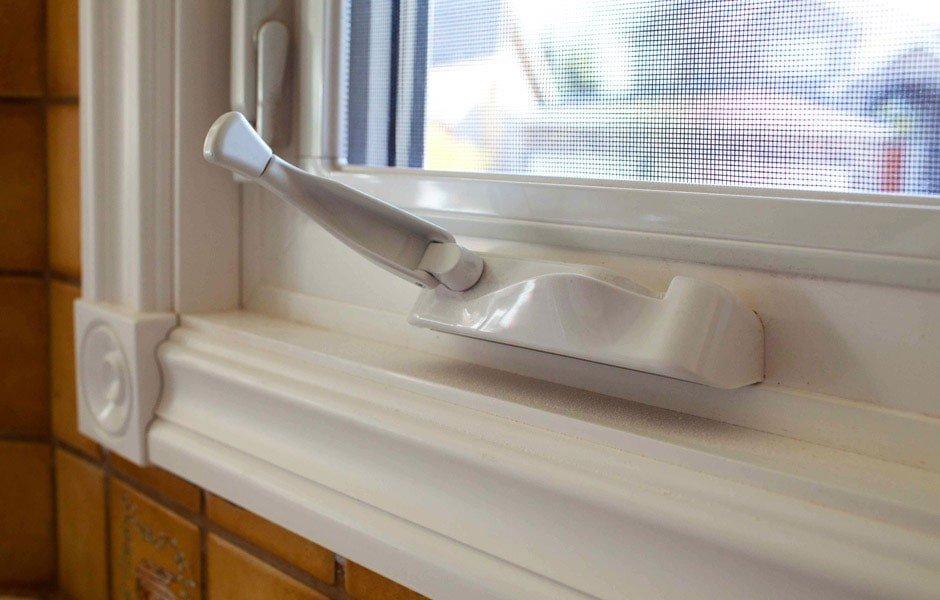
A common problem associated with uPVC windows is a broken lock. This is the part that’s operated by the handle and usually gets more difficult to open and close before it breaks. Of course, when this does happen, the window is either stuck open or stuck closed.
Possible Problems:
The interior linkage may be broken or the lock handle may have snapped.
Solutions:
- You’re going to need replacement parts for either the linkage or window lock. While you may be able to identify the specific problem yourself, it’s advisable to contact your replacement window installer for warranty options or to obtain the proper replacement parts.
Window Seal Failure or Broken Glass Unit

Cracks in the window glass can be caused by pressure or physical damage. Moreover, poor window installation can also lead to problems with seal failure and skyrocketed energy bills. This is especially true when homeowners try to DIY window replacement.
Possible Problems:
Pressure cracks can result from huge temperature swings in a short period of time. The glass will expand and contract quickly and can crack the glass. A broken window can also happen from slamming the window too hard or an object forcefully hitting the glass.
Solutions:
- You’ll want to contact your window installer to replace the sealed window unit with a new one. Pressure cracks will most likely be covered under warranty, while physical damage through improper operation or object hitting it would be handled by an insurance claim.
Broken Tilt/Pivot Pins
Double-hung and slider windows are made to operate on tilt pins for easy opening and cleaning.
Possible Problems:
These pins may be made of plastic and have a small spring inside or metal. When the window is tilted in and forced back into place, the pins can break and cause the window sash to fit loosely in the rail.
Solutions:
- You can install replacement pins by removing the sash completely, flipping it upside down, and using a screwdriver to remove the old pin. Slide out the broken pivot pin and insert the replacement. Reinstall the screw to hold it in place and put the window back into place. Test to be sure the window operates smoothly.
Ice Build-Up on Windows
Ice crystals can form on the inside of your windows during cold winter months when the outside temperature goes below the dew point. This causes any water vapour in the air to change from a gas to a liquid, condense on the glass, and then freeze into ice.
Possible Problems:
Prolonged exposure to ice on your windows can damage the window frame and finish. Single-pane windows are especially susceptible to ice build-up as they don’t have the added insulation of a double- or triple-pane window. Excess moisture can also cause mold growth.
Solutions:
Reduce humidity in the air by:
- Repairing any plumbing leaks,
- Running exhaust fans in the kitchen and bathrooms,
- Checking gas appliances for leaks,
- Never over-watering your plants (the water will evaporate into the air),
- Damp drying clothes in dryer instead of air-drying them,
- Keeping firewood outside to eliminate evaporation,
- Mopping up excess condensation on the window sill,
- Warming up the room overnight to stop ice build-up.
How to Fix Common Window Problems in Canada?
Keeping your windows in top condition by performing regular maintenance will help you avoid many potential problems from occurring in the first place. This includes cleaning the glass and frames, checking seals and caulking, and ensuring that hardware is functioning properly.
However, if you do find yourself faced with issues like drafts, condensation, or difficulty in opening and closing your windows, don’t panic.
- For drafts, check for gaps and reseal any worn-out caulking.
- For condensation or window leaks, ensure proper ventilation and consider upgrading to double or triple-pane windows.
- If your windows are hard to open or close, inspect the tracks and hardware for debris or damage and lubricate moving parts. Regular inspections and timely repairs can significantly extend the life of your windows.
If you encounter persistent problems or need professional assistance, contact Ecoline Windows to request a service call and ensure your windows are functioning optimally. Our experts will review the issue on-site you and fix a problem if it needs retrofitting, providing peace of mind and preserving the comfort and efficiency of your home.
1750 Coast Meridian Rd #102,
Port Coquitlam, BC V3C 6R8
100, 17866 106A Avenue,
Edmonton, AB, Canada,
T5S 1V3
3307 Dunmore Rd SE #12,
Medicine Hat, AB,
Canada, T1B 3R2
2081 Merivale Rd #201, Ottawa, ON, Canada, K2G 1G9
by appointment only
109 Ilsley Ave Unit #3, Dartmouth,
NS, Canada, B3B 1S8







